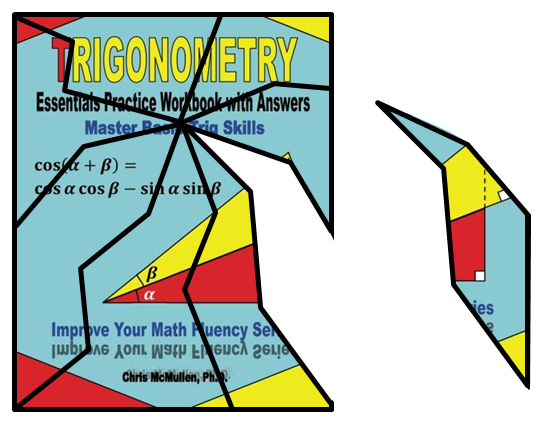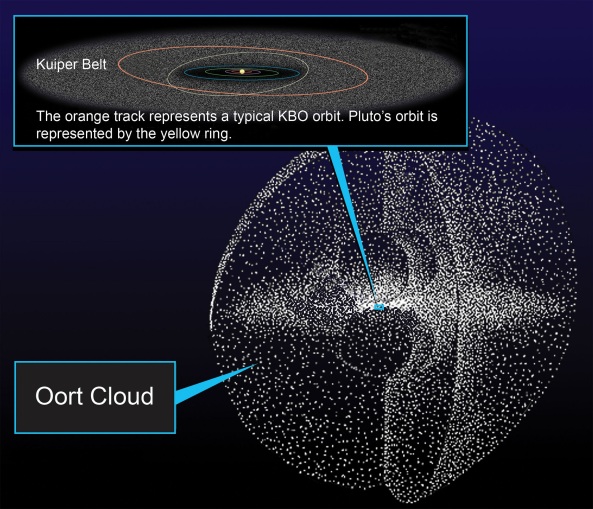
TEACHING & COMMUNICATION
I’ve taught from both sides of the spectrum:
- high-ability, highly motivated math/science students in advanced courses
- students struggling to survive the most basic physical science classes
Yet, in both cases, I’ve seen two common factors:
- even the brightest students benefit when the material is broken down
- it really doesn’t help anyone to dumb it down
WHAT’S THE DIFFERENCE?
Breaking it down is different from dumbing it down:
- Breaking it down means showing how a more advanced concept is built from more basic concepts.
- Dumbing it down means accepting a simpler, but not as correct or complete, concept as a substitute for a more advanced concept.
- (Dumbing it down sometimes also refers to the way that this is done, making the person feel inferior, i.e. unable to understand the more advanced concept.)
Breaking it down can be a very helpful skill for communicating effectively:
- It’s crucial to master the fundamentals in order to understand more advanced concepts.
- First, teach the fundamentals very clearly.
- Then build up more advanced concepts from these fundamentals.
Even the most advanced students can better understand advanced concepts by understanding how they are built up from more fundamental concepts.
Very often, when an advanced student makes a mistake applying an advanced concept, it’s because the student doesn’t fully understand the underlying fundamental concepts or doesn’t fully understand the relationship between those fundamental concepts and the more advanced concept from which it is built.
Advanced concepts are more accessible to struggling students, too, when they are broken down into more fundamental concepts.
(I would go so far as to say that when you can’t explain an advanced idea in simpler terms, then you really don’t understand that advanced concept as well as you should. However, there are occasions when it would take an enormous amount of time to fill in the gaps between the simpler terms and the more advanced terms. For example, try breaking down string theory so that anyone can understand it without sacrificing the material in any way. It’s a formidable task, and a few authors have done an excellent job with this, but there sure isn’t a suitable five-minute explanation to be found.)
BREAK IT DOWN, DON’T DUMB IT DOWN
The keys to breaking it down without also dumbing it down are:
- Don’t sacrifice the content. Let the fundamentals build up to the final product.
- Don’t oversimplify the advanced concept, losing important aspects of the complete, correct formulation.
- Don’t settle for a lower level of understanding in the final stage.
- Don’t make the student feel inferior in the process.
My goal as a teacher is to make it possible for every student to understand the material well in its most complete, correct formulation.
Not every student may reach this level of understanding along the same path, however. The first step is to master the fundamentals, and then build more advanced concepts up from this foundation.
(Of course, learning also involves motivation and diligence on the part of the student. My goal is to make learning possible, not to offer students a path of no effort. Unfortunately, not every student will choose to follow the path to success as you suggest it.)
EXAMPLE
I will illustrate the distinction between breaking it down and dumbing it down with an example.
I will use Newton’s first law of motion to illustrate this.
Objective: Students understand Newton’s first law when it is phrased, “Every object has a natural tendency to maintain constant momentum.”
Unfortunately, it is common for physical science textbooks and courses to simply dumb this down. Here are a couple of examples of how it can be dumbed down:
- Every object has a natural tendency to maintain constant speed.
- An object in motion tends to stay in motion, while an object at rest tends to stay at rest.
I call this dumbing it down because these statements aren’t equivalent to the original. The original statement is more complete and more precise. In practice, the distinction is important.
The original statement can be understood well, without sacrificing the content in any way, simply by breaking it down.
The way to do this is to first teach the fundamentals and then show how to build the main idea up from the fundamentals:
- Velocity is a combination of speed and direction.
- Momentum is mass times velocity.
- All objects have a natural tendency to maintain constant momentum.
- For an object with constant mass (that’s most objects), constant momentum means constant velocity.
- Constant velocity means traveling in a straight line with constant speed.
- So, for most objects, maintaining constant momentum means traveling in a straight line with constant speed.
- For a rocket, mass isn’t constant because it’s ejecting steam. Rockets have a natural tendency to maintain constant momentum, but not a natural tendency to maintain constant velocity. That’s why it’s more precise to say momentum than velocity. For most objects, however, this distinction isn’t important.
There isn’t any point in this breakdown that a basic student can’t grasp, which means there is no reason that every student shouldn’t be able to grasp the full meaning of Newton’s first law of motion.
If you’re wondering what’s wrong with, “An object in motion tends to stay in motion, while an object at rest tends to stay at rest,” it’s because “motion” is quite vague, and, in fact, includes situations that are inconsistent with Newton’s first law. Acceleration, for example, is a kind of motion, but objects in motion do not tend to have acceleration. It’s more precise to say constant momentum or constant velocity than to say “stay in motion.”
(Of course, illustrating the concept by showing how to apply it to a variety of examples also aids greatly in helping students understand it. Also, some students will need additional help fully understanding specific points on the list above. However, with effort and assistance, everyone can master Newton’s first law of motion.)
DUMBED DOWN
Imagine a teacher has two classes. One is a physical science class; the other is a physics class.
The instructor teaches the physics class the proper definition of Newton’s first law, but dumbs this down for the physical science class.
Now, imagine that one physical science student and one physics student get together and chat.
They happen to see another student pass by on a skateboard. The skateboard strikes a curb and the student falls forward.
The two students excitedly begin describing how this relates to Newton’s first law.
The physical science student describes how the skateboarder stayed in motion.
The physics students corrects the physical science student, describing how the skateboarder maintained constant momentum.
“What’s momentum?” wonders the physical science student, suddenly feeling dumb. But why? There is no reason that the physical science student can’t grasp this same definition in the same terms.
It’s true that they are enrolled in different classes. Physics will inherently involve much more math. That doesn’t make the physical science student stupid, of course. (In fact, I’ve found some very capable math students in my physical science classes, and sometimes there are physics students with very rusty algebra skills.) It’s just the difference in the nature of the courses, including their goals. Physical science is focused more on the concepts (and also includes some chemistry, and perhaps geology or astronomy, in exchange for less physics coverage), and may contain more range and less depth. Physics is strongly oriented toward how to apply mathematics to solve problems (which requires understanding the fundamental concepts very well). But pick any concept that’s common to both courses, and there isn’t anything that a physical science student can’t learn just as well (in principle).
Let me take this a step further and flip the table.
Instructor X teaches physical science.
Instructor Y teaches physics.
Instructor X teaches the proper definition of Newton’s first law. Instructor Y, feeling the need to put more time on the math, dumbs down Newton’s first law in the interest of time.
Now imagine the previous example with the skateboarder. The physics student won’t be happy feeling that the physical science student has come to understand this law on higher terms!
CHRIS MCMULLEN
Copyright © 2014 Chris McMullen, author of the Improve Your Math Fluency Series





